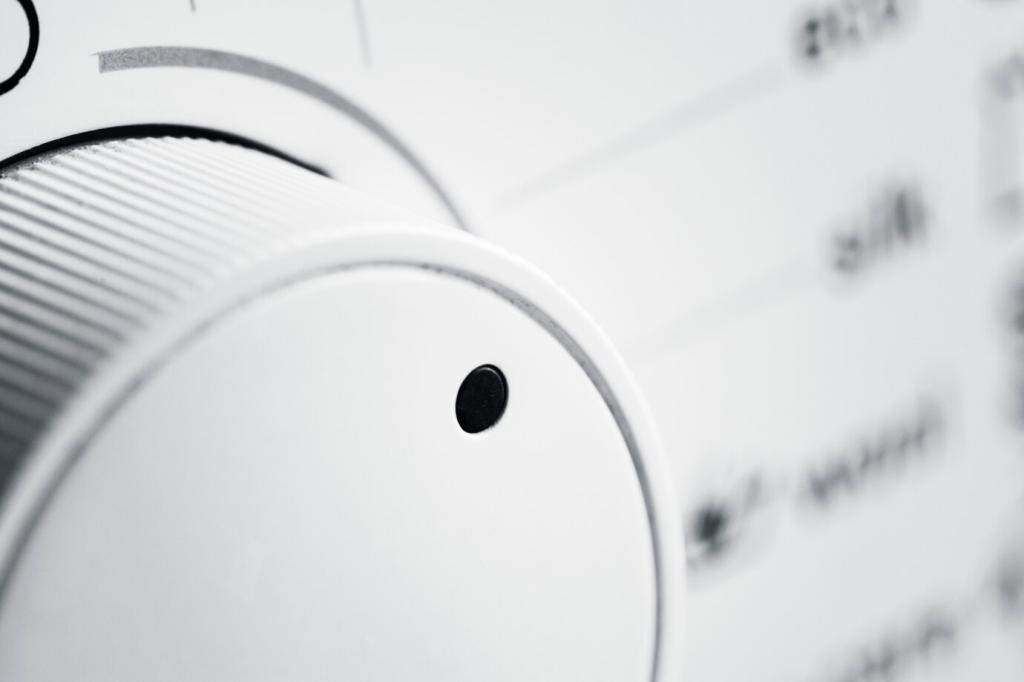This website uses cookies so that we can provide you with the best user experience possible. Cookie information is stored in your browser and performs functions such as recognising you when you return to our website and helping our team to understand which sections of the website you find most interesting and useful.
Eco-Friendly and Sustainable Design with Minimalism
Eco-friendly and sustainable design, when blended with the principles of minimalism, paves the way for spaces and products that prioritize both environmental stewardship and aesthetic elegance. Minimalism isn’t simply about having less; it’s about purposefully choosing essentials that contribute to a serene and functional lifestyle while decreasing environmental impact. In this context, design choices go beyond style, emphasizing materials, manufacturing processes, and usage patterns that are gentle on the planet. By prioritizing simplicity, durability, and resource-conscious thinking, minimalism becomes a powerful vehicle for sustainable living and responsible design. This integration inspires thoughtful consumption, reducing both ecological footprints and visual clutter, while ensuring that every element within a space serves a meaningful purpose.
The Foundations of Eco-Minimalism
Defining Eco-Friendly Minimalism
The Role of Mindful Consumption
Reducing Waste in Minimalist Design


